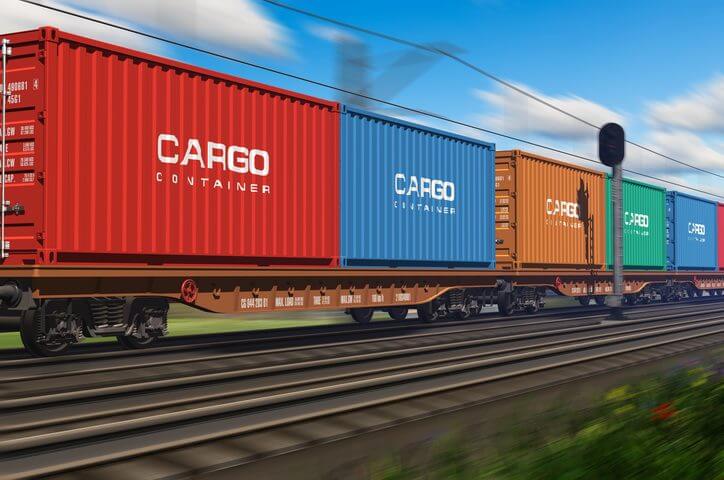
How a Reefer (or Refrigerated Container) Works
October 31, 2017
How to Ship a Motorcycle
November 2, 2017Is Rail Freight a Thing of the Past, or Very Much Alive?

See also:
 Rail freight doesn’t get talked about as much as over-the-road shipping or air freight does, but moving freight by rail is still a major factor in how freight is moved around the United States. It still relies on trucks to get what you’re shipping to and from a rail hub, and it can be used in conjunction with other forms of transport to get goods where they need to go.
Rail freight doesn’t get talked about as much as over-the-road shipping or air freight does, but moving freight by rail is still a major factor in how freight is moved around the United States. It still relies on trucks to get what you’re shipping to and from a rail hub, and it can be used in conjunction with other forms of transport to get goods where they need to go.
Pros and Cons of Shipping by Rail
There are some real advantages to utilizing rail freight. It can be less expensive and more environmentally sound than other methods of transportation The most important factor in your decision, though, is where your freight originates and arrives. If these places are close to rail heads, then this may be a good way of transporting your goods.
Rail can be less expensive than other forms because it moves hundreds of containers at once. However, if your origin or destination aren’t close to rail heads, you can simply be adding an unneeded step. Rail can’t go quite as many places as truck transport can, and air freight is faster. If getting it to rail and from rail ends up approaching the distance it would be shipped via truck, then you’re not saving money any more. Shipping by rail is also impractical if the origin and destination are relatively close. Adding an extra leg that could be taken care of by truck could just add time and cost.
Rail Freight as One Part of a Transport Chain
When rail is the best choice, though, it works beautifully. The American Association of Railroads has found that an intermodal train uses just a gallon of fuel to transport every ton of freight it carries 400 miles. That’s efficient, and it means trains remain one of the greenest forms of transport available.
When you need to ship something, you don’t have to worry about choosing which modes of transport to use. We’ll look at shipping by rail, as well as by truck, air, and cargo ship, in order to create the best transport chain for you. We’ll offer you options that let you decide how to balance speed, cost, and a variety of other factors.
